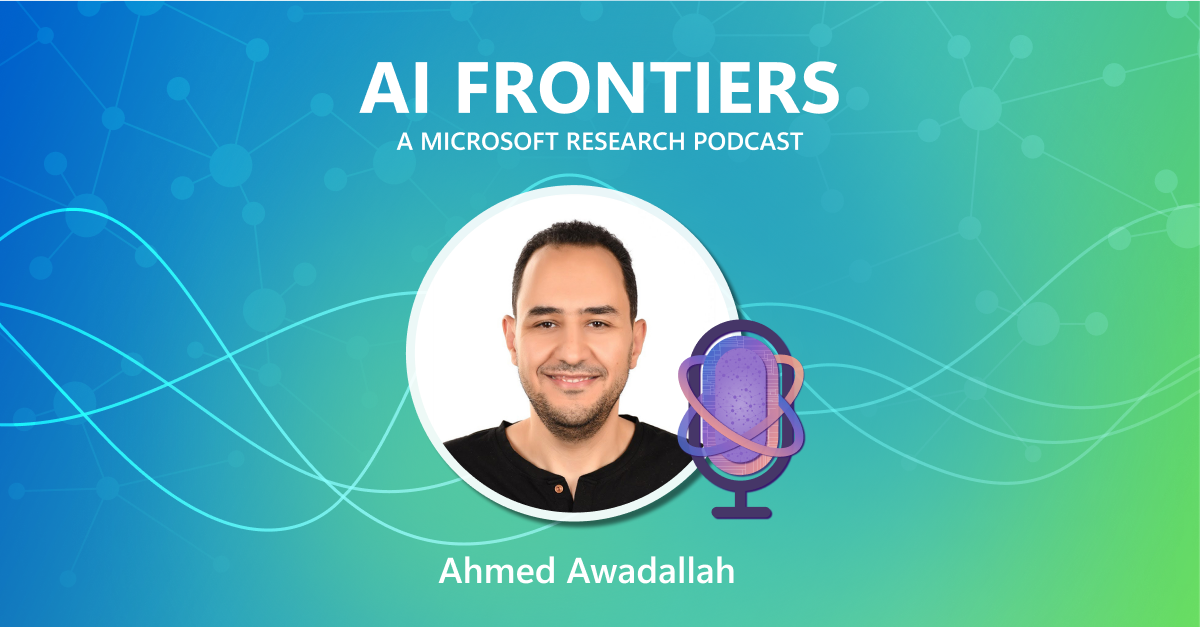Mosquitoes. They can ruin your backyard barbeque and leave you covered with itchy welts. Or, their bites may also transmit dangerous pathogens. The World Health Organization estimates that mosquito-borne diseases kill more than 1 million people annually. In fact, mosquitoes do more than just transmit pathogens. Their ability to locate and sample the blood of many species of animals means they can be used to monitor pathogens carried by animals in the wild. In a sense, we can view mosquitoes as naturally occurring devices that sample the animal population. This is important, because many diseases—such as Ebola, SARS and MERS—reside in animals and emerge into the human population through complex interactions with animals.
Disease emergence is difficult to predict, and can be catastrophic and extraordinarily expensive even if the disease does not become an epidemic. Usually, health officials only learn about an outbreak once people are already getting sick. And by then, it’s too late.
Project Premonition was created with the hope of detecting diseases prior to outbreaks. And unique to this emerging infectious disease (EID) surveillance system is the use of the mosquito-as-a-device to obtain samples of pathogens from well-hidden animal populations. The hope is that Premonition addresses the drawbacks of existing systems.
MICROSOFT RESEARCH PODCAST
AI Frontiers: The future of scale with Ahmed Awadallah and Ashley Llorens
This episode features Senior Principal Research Manager Ahmed H. Awadallah, whose work improving the efficiency of large-scale AI models and efforts to help move advancements in the space from research to practice have put him at the forefront of this new era of AI.
Through Project Premonition, we have not only brought together experts within Microsoft Research from hardware prototyping, software development for safe and autonomous drone deployment and machine learning, but experts at universities in public health, genetics, computer science, systems integration, mosquito-trap design and drone aeronautics—all with a goal of learning how to detect diseases before they erupt into epidemics.
This cross-disciplinary research will be conducted between world-class researchers from the following universities:
- System Integration: Dr. Janos Sztipanovits, Vanderbilt University
- Trap Design: Dr. Anandasankar Ray and Dr. Eamonn Keogh, University of California Riverside
- Trap and Field Testing: Dr. Douglas Norris, Johns Hopkins Bloomberg School of Public Health
- Computational Metagenomics: Dr. James M. Pipas, University of Pittsburgh
- Aerospace: Dr. Shawn Keshmiri, University of Kansas
Of course, trapping mosquitoes and testing them for the presence of infectious agents isn’t anything new, but up until now it has been a slow, labor-intensive process specialized for a few known pathogens. Large-scale autonomous collection and broad-spectrum analysis had not been considered. So, our first step was accomplished a couple of months ago when we conducted a feasibility study in Grenada, a Caribbean island that features a variety of ecosystems and an abundance of mosquitoes. It was the perfect location, as we also received generous support from St. George’s University faculty, who were able to provide essential knowledge of the area and local mosquito populations in addition to laboratory facilities.
We envision a worldwide system for collection and genomic analysis of mosquitoes, capable of detecting potential pathogens and their geographic spread, before they cause disease in the human population. Such a global system will require scalable, robust and safe autonomous systems and tremendous computational power—and the kind of industry-academia cooperation that is vital to Microsoft Research efforts like Project Premonition.
Learn more about Project Premonition.
—Ethan Jackson (opens in new tab), Researcher, Microsoft Research





